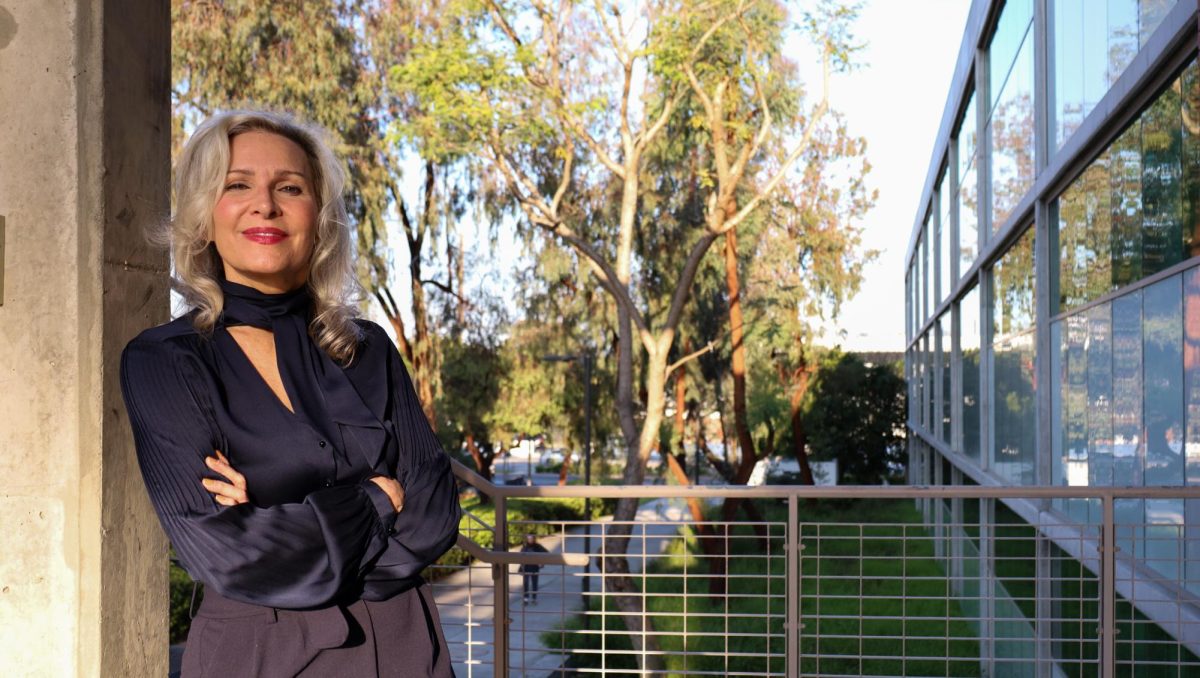Despite the multitude of campaign warnings Americans see against peer pressure and the consequences of smoking, the drop in the number of people smoking each year has recently come to a halt.
The decline in smoking has “hit a plateau in the past five years,” according to the Centers for Disease Control and Prevention report “Vital Signs.”
In California, 14 percent of adults are current smokers, ranking the state second lowest in percentage of smokers, according to the Tobacco Control State “Highlights 2010” report by the Center for Disease Control (CDC.) 6.9 percent of minors ages 12-17 smoke, the third lowest among all states, and the California’s smoking-attributable mortality rate ranks sixth among all states.
“Smoking is the number one cause of preventable death in the United States,” Charleen Zartman, health instructor, said. “It is a major health problem, these mass campaigns and information don’t really affect those who are already smoking.”
A 2008 report by CDC shows that the annual prevalence of smokers went down from about 25 percent to 20 percent from 1997 to 2007, only for the amount of smokers to increase to about 21 percent in 2008. Even with the recent marginal increase, the American public’s outlook on smoking has changed drastically over the last decade.
“For the most part, people who don’t smoke are less tolerant than in the past.
It used to be ‘they’re your lungs so I don’t care if you smoke around me,’
but now people realize that passive smoke also affects their health, and they
don’t want to be around it,” Zartman said.
Along with the tolerance level dropping, many smokers in California have adjusted their lifestyle to limit the effects of secondhand smoke. According to the same “Vital Signs” report by the CDC, the number of nonsmokers exposed to secondhand smoke was just 40 percent in 2008, a sharp decrease compared to the years 1988 to 1991 where 88 percent of non-smokers were exposed.
As evidence to this, about 87 percent of households in California have rules against smoking indoors, according to the “Highlights 2010” report, ranking California second among least-tolerant states to smoking.
Even with all of the efforts to prevent Americans from smoking, those who already do smoke are still faced with the extremely difficult task of quitting should they want to.
“Tobacco addiction is a tough one to break since it has the same relapse rate as heroin,” Zartman said. ” We need to get the message out that there is help for addiction and there are many alternatives since one method does not work for everyone. Also, just because a person has tried to quit but failed, doesn’t mean that he or she shouldn’t try again. On average, it takes a person seven tries to quit for good.”
On a more local level, El Camino enforces a law that requires smokers to smoke 20 feet or more from a building.
“Some students don’t want it at all,” Harold Tyler, director of student development said. “You know how it goes, you’re 20 feet away from the building, they open the door, the wind is blowing, and here comes the smoke.”
John Porter, 19, computer science major, said he’d like to see smoking banned completely from the campus. “Right when I get out of class, I smell smoke and it stinks.”
“I can smell the smoke on some of my students when they come to class,” Zartman said, “As long as there are cigarettes, there will be people who smoke for whatever reason.”




